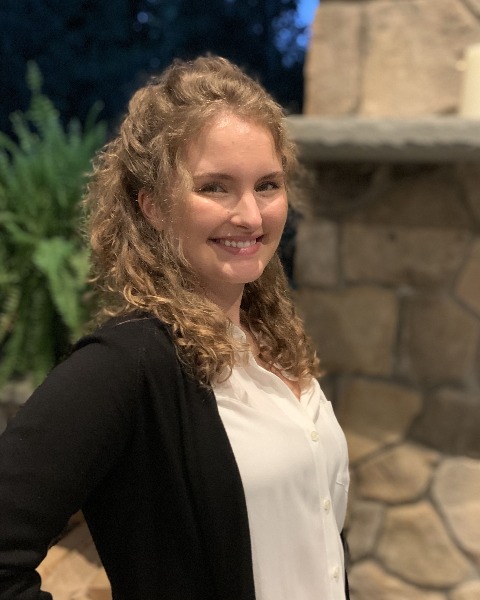Trauma and Stressor Related Disorders and Disasters
(PS4-A7) The Nature of Adverse Childhood Experiences on the Development of Early Maladaptive Schema
- JB
John Boisi, M.A.
PHD Student
Hofstra University
Brooklyn, New York - CB
Caroline E. Bucher, M.A.
Doctoral Student
Hofstra University
Rocky Point, New York - AC
Anthony Ciccarello, M.A.
PhD candidate
Hofstra University
Malverne, New York - SF
Sara N. Fernandes, M.A.
Clinical Psychology Trainee
Hofstra University
New York, New York 
Olenka S. Olesnycky, M.A.
Clinical Psychology Trainee
Hofstra University
Long Island City, New York- LR
Lydia J. Roberts, M.A.
Graduate Student
Hofstra University
Brooklyn, New York 
Zoe E. Stout, M.A.
Doctoral Student
Hofstra University
NEW YORK, New York- WS
William C. Sanderson, Ph.D.
Professor of Psychology
Hofstra University
Hempstead, New York
Co-Author(s)
Aversive childhood experiences (ACEs), including neglect and physical abuse, were reported at a higher frequency during the COVID-19 pandemic due to social isolation and limited access to public services (Henderson et al., 2020). Prior research suggests that ACEs are associated with adult psychopathology, through the mechanism of early maladaptive schemas, defined using Young’s 18 schemas (Dutra et al., 2008; Young et al., 2003; Zeynel & Uzer, 2020). Children who experience ACEs have unmet core needs, such as insecure attachment and lack of safety, that lead to dysfunctional beliefs about the self, others, and the world (Alaftar & Uzar, 2022). Specifically, Emotional Deprivation, Social Isolation, Mistrust and Vulnerability to Harm have been found to be highly correlated with ACEs (May et al., 2022; Pilkington et al., 2020). While prior research has evaluated associations between ACEs and schema development, there has been no evaluation of the effect of the number of ACEs on schema development. The current study aims to bridge this gap to further understand the relationship between ACEs and early maladaptive schemas that can ultimately inform treatment development. We will also explore whether early maladaptive schemas assessed at pre-treatment are rated present by clinicians who have been working with the patients for at least 10 sessions (i.e., presence of schema's endorsed by the therapist but not the participant). This has implications for the value of the Young Schema Questionnaire as an assessment tool. Participants will include at a minimum 25 adults who are existing patients at the Anxiety and Depression Clinic (ADC) within the Hofstra University Clinical Psychology Department (data will continue to be collected through October so several new participants will be included). Inclusion criteria include being a patient in the ADC, being at least 18 years of age, and having a primary diagnosis of an anxiety or depressive disorder. Exclusion criteria include current psychotic symptoms and/or a current substance use disorder. Participants will complete two self-report questionnaires: The Young Schema Questionnaire Short Form Version 3 (YSQ-S3; Young & Brown, 2005) and the Adverse Childhood Experience Questionnaire for Adults (ACEQ; Felitti et al., 1998). The YSQ-S3 is a component of the standard ADC intake process. ADC patients will be asked for consent to participate in research and complete both the YSQ-S3 and the ACEQ. Demographic information will also be collected. The clinician of each participant will rate their perception of each schema’s presence on a 5-point Likert scale. This provides both self-reported and clinician-reported schema ratings. Beyond sample descriptives, a series of regressions will be conducted to assess ACEs relation to early maladaptive schemas. Specifically, presence/absence of each ACE and total number of ACEs will be examined in relation to severity of each maladaptive schema. Analyses will be conducted using participants’ self-reported schema ratings as the outcome and then repeated using clinician-reported schema ratings as the outcome. Agreement between participants’ self-reported and clinician-reported schema ratings will also be examined.

